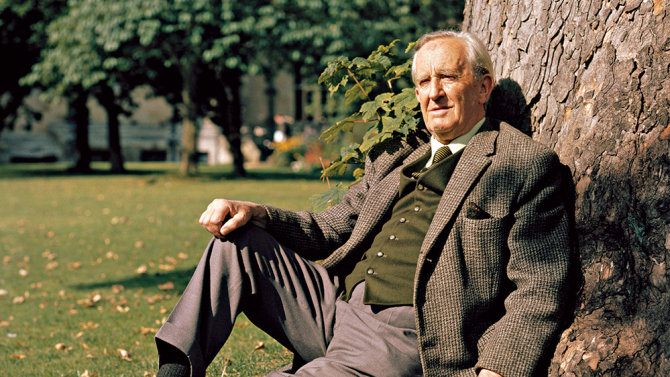I have never encountered a more perfect explanation of Virgin Mary’s role in Christ’s Passion. She truly offers a sacrifice. From the moment she freely accepted the conception of Jesus in her womb, she must have been aware of the price. Everything that’s good will be crushed by the world. To bring into the world a human being, this being of infinite value, is to bring him into the world of suffering. But a true mother says: It’s worth it. Life is of greater value than the whole suffering that it may be inflicted with. And with Mary this heroism is only magnified. This is not a mere human being that is crucified – it is God in the flesh, come to save the world. She cooperates in His mission, for she gives Him the flesh indispensable to save the world. But she’s not a neutral, disinterested bystander – she is truly His mother. The moment she was asked to become His mother, she was implicated into the mission, she was inevitably destined to join Christ in suffering. Every of Jesus’ disciples, who could stand to watch His crucifixion, could turn away, hide, decide that it’s not his or her business to stay with him. They could say that it’s not what they wished for him, that this terrible event has been forced on them and they would be right. But she was as responsible for this horrific Passion, as was Christ Himself. Of all the people only they could really allow this to happen and they courageously accepted their shared lot.
On today’s feast of Our Lady of Sorrows we contemplate precisely that heroic decision of Mary to suffer with her Son. She was not a passive, fearful albeit compassionate mother thrown into the unknown. She chose the Son of God to be born of her, and thereby she condemned both of them to suffering. But the fruit of this suffering was the salvation of the world, our salvation, our redemption. She paid the price with Him.
| Stabat Mater dolorosa iuxta Crucem lacrimosa, dum pendebat Filius. |
At the Cross her station keeping, stood the mournful Mother weeping, close to Jesus to the last. |
| Cuius animam gementem, contristatam et dolentem pertransivit gladius. |
Through her heart, His sorrow sharing, all His bitter anguish bearing, now at length the sword has passed. |
| O quam tristis et afflicta fuit illa benedicta, mater Unigeniti! |
O how sad and sore distressed was that Mother, highly blest, of the sole-begotten One. |
| Quae maerebat et dolebat, pia Mater, dum videbat nati poenas inclyti. |
Christ above in torment hangs, she beneath beholds the pangs of her dying glorious Son. |
Full text of the hymn can be found here.


